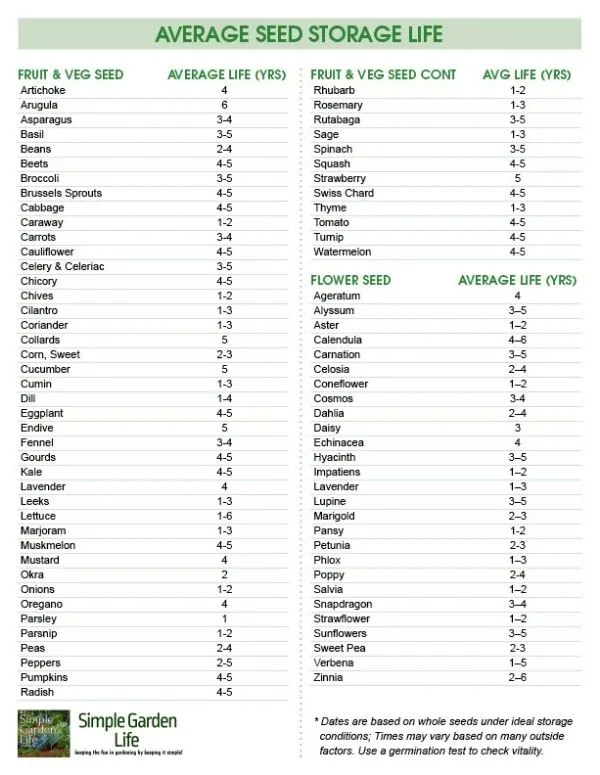So what is the best way to store leftover extra seeds from seed packets? And just how long do those seeds really last?
Seed companies don’t want you to know this, but your seeds aren’t meant for the trash bin just because you don’t use them by the date printed on the packet.
In fact, you can save most of your leftover and extra seeds for more than a single year, and in some cases many years beyond!
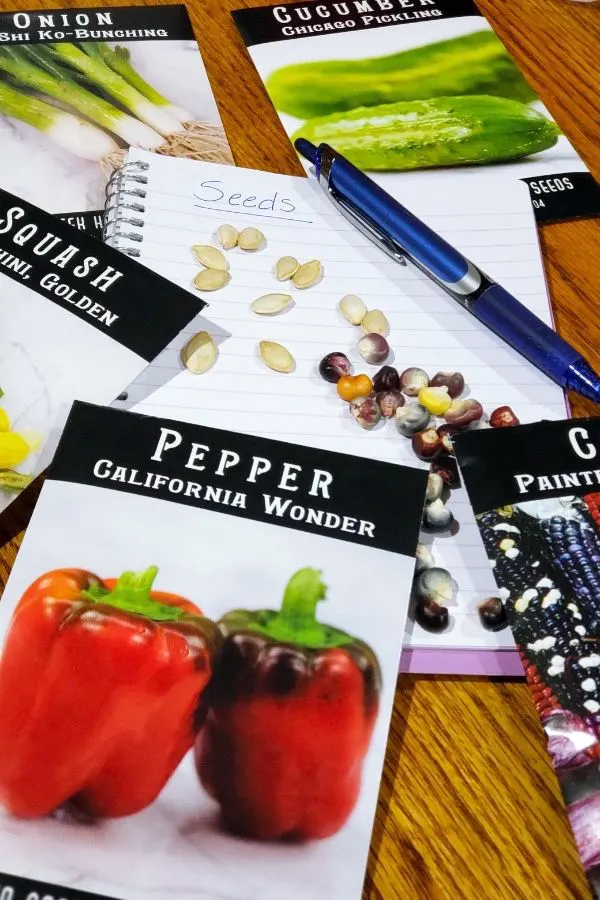
We’ve all been there: You’ve got your seed packet in hand. You tear it open and plant a few seeds into the soil. After you’re done planting, you look back into the packet and see that you’re left with several extra seeds.
Or, maybe you’ve purchased way more seed varieties than can possibly fit into your garden space this year. What can you do with all of those leftover seeds?
In the last couple of years, seeds have been hard to come by for several different reasons. So the last thing you should do is throw out perfectly good seeds just because you didn’t use them in the same year you purchase them.
Not only can purchasing new seeds every year be taxing and frustrating when you can’t find the right varieties you need, but it is also expensive as well! Thankfully, most of those seeds can last long after you open the packet.
Seed Storing Issues – How To Store Extra Seeds
The vitality of the extra seeds you save will suffer if you don’t store them properly. There are two main issues that affect seeds, and those are heat and humidity.
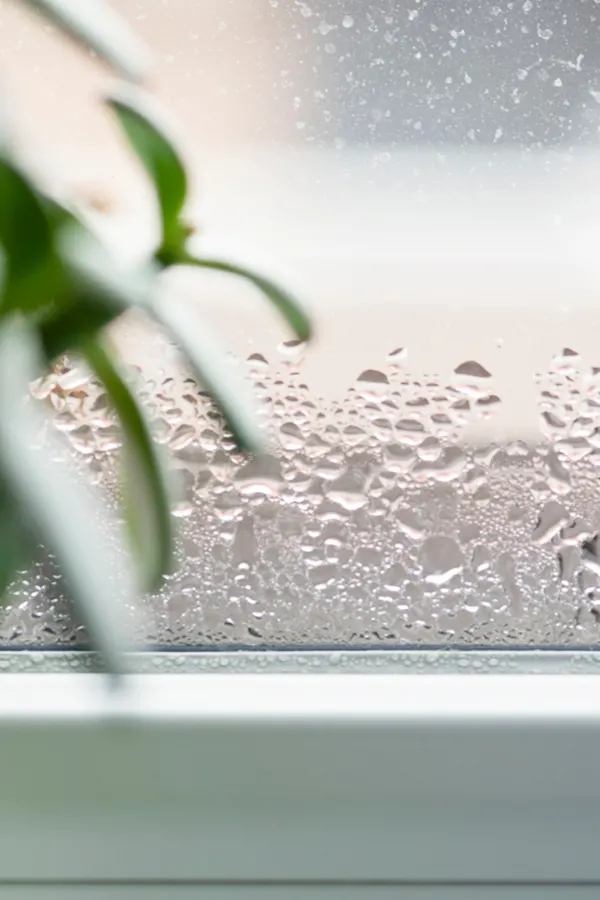
Excessive heat can damage the seed’s outer protective seed coat, which can end up dehydrating seeds. Also, in some situations, high heat can cause higher amounts of humidity which can also damage seeds.
High levels of humidity are far more likely to cause issues with storing seeds than excessive heat. If you keep seeds in a damp or moist environment, then seeds will quickly spoil.
The extra humidity will literally cause the seeds to attempt to germinate, which damages their seed coat. However, since there isn’t any soil or light, the seeds just end up spoiled and ruined.
How To Store Extra Seeds – How Long Seeds Last & How To Store Them!
Start With Dry Seeds
First things first, you must begin with dry seeds. For seeds that you purchased in packets, this shouldn’t be an issue.
However, if you are saving seeds from your own heirloom crops or from another source that is straight from the plant, you must ensure that the seeds are completely dry before storing.
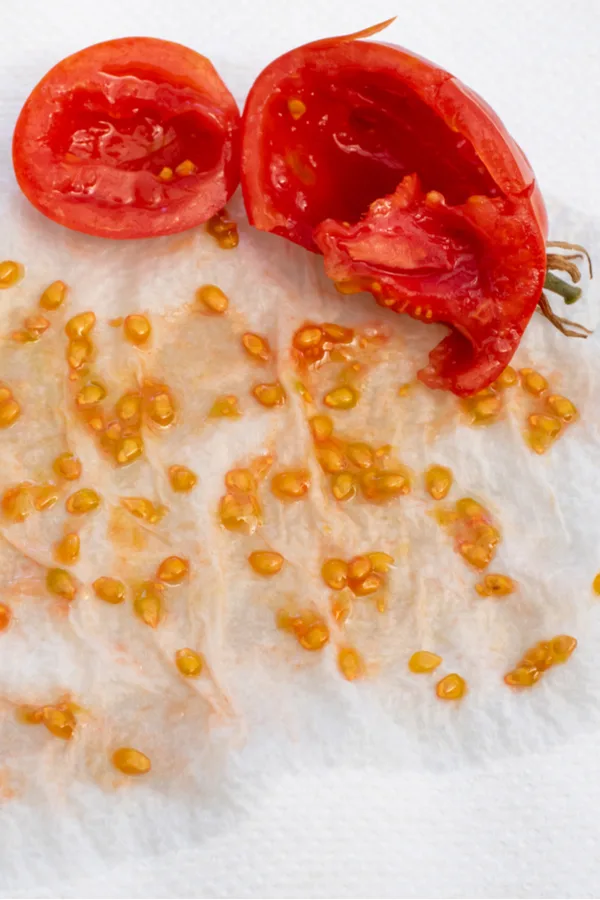
Some people choose to place silica gel packets into their containers to help absorb excess moisture (the kind of packets that come in your new shoe boxes). Some people use dry rice as an alternative. Just make sure to replace whatever you use twice a year.
If you would like information about saving your own vegetable seeds for your garden crops, check out “How To Save Vegetable Seeds From Your Garden For Planting Next Year.”
Choose Your Container – How To Save Extra Seeds
Any container that completely seals will work for the most part. You want to make sure the container will keep not only excessive moisture out but also pests like mice and insects.
You should store seeds in their original seed packets if possible. This not only makes it easier to identify seed varieties but also keeps the planting instructions as well.
If you don’t have a seed packet, place seeds in a sealed envelope or brown paper bag and label with the name, date, and any other important information.
Storage Options
Thankfully, there are many different ways that you can store your seeds properly that are not only easy to find but inexpensive as well.
Some great examples of simple storage containers include freezer resealable plastic bags, glass canning jars with lids, empty clean medicine bottles or spice containers, or even plastic food containers.
A great alternative is using a plastic photo storage box for storing extra seed packets. The clear separate containers allow you to easily see and organize seed packets.
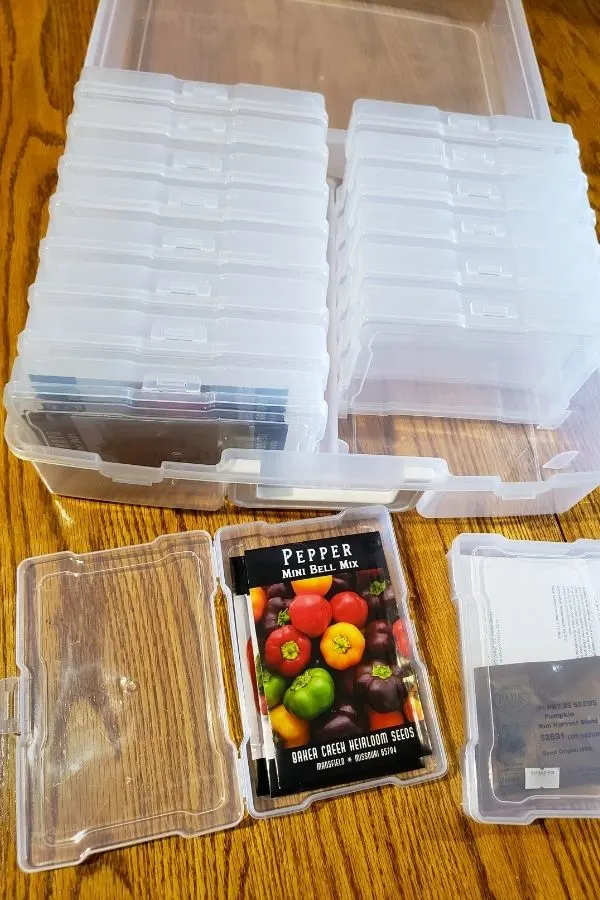
Since the smaller containers can be individually sealed and then sealed within the large container, they help to keep out excess moisture and other problems. (Product Link: Photo Storage Box)
Where To Place The Extra Seeds You Save
Seeds that have been properly dried need to be saved in a cool, dark, and dry location in order to keep vitality. A cool closet, garage, or even a dry space in your basement works great.
You can even store your seeds in a deep freezer to prolong their shelf life as well. The cool temperatures and lack of moisture make it the perfect location for air-tight storage containers. Just make sure to use freezer varieties of products if available.
When it comes time to use your freezer-stored seeds, make sure to let the seeds come to room temperature before planting. Avoid places that have excess moisture such as damp basements, cellars, or barns and sheds.
How To Tell The Vitality Of The Seeds – How To Store Extra Seeds
To check the vitality of the extra seeds you save, you should do a simple germination test. You will need 10 seeds for this test for the best results.
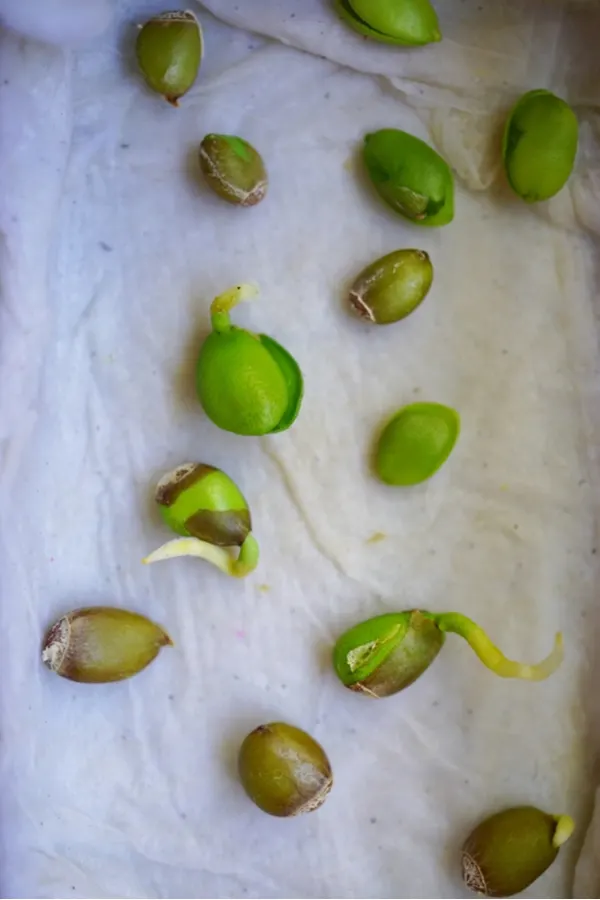
Dampen an entire paper towel, and spread the seeds on the bottom half of the paper towel. Fold it in half and place it into a resealable plastic bag. Keep the resealable plastic bag in a warm location and try not to disturb it.
Check the packet daily to make sure the paper towel stays moist. A spray bottle works perfectly to mist the paper towel without soaking it.
After a few days, your seeds should start to germinate. Wait at least ten days, but check your seed packet for the exact germination time frame. Make sure to wait until the last possible germination date just in case some seeds are slower to germinate than others.
Listen In To Our Latest Simple Garden Life Podcast Below
Then, check your germination percentage. If only five of your seeds sprout, then your germination rate is 50% (5 out of 10 seeds). If seven of your seeds sprout, your germination rate is 70% (7 out of 10 seeds). It’s probably time to purchase new seeds if you get a rate below 50%.
Checking the germination is a great way to check the vitality of your seeds if you are in question at all. Just keep in mind that even seed companies don’t have to be at 100% when they package their seeds.
(Check out the National Archives and Records Administration’s minimum germination standards that have been set for commerce vegetable seeds.)
Seed Lifespan – How To Store Extra Seeds!
As mentioned, the date that is printed on the seed packet isn’t an expiration date. That date is actually the year the seeds are packaged for, and most all seeds will last much longer, especially if you store them in a deep freezer.
Keep the below chart handy to know when to purge and when to store your leftover seeds so you can not only have less waste but can also save money as well!
Follow Our Facebook Page For Even More Great Tips! Simple Garden Life Facebook Page
Simple Garden Life is a website dedicated to keeping gardening fun, simple and enjoyable! We publish two new articles each week along with a new garden podcast episode every two weeks. This article may contain affiliate links.
